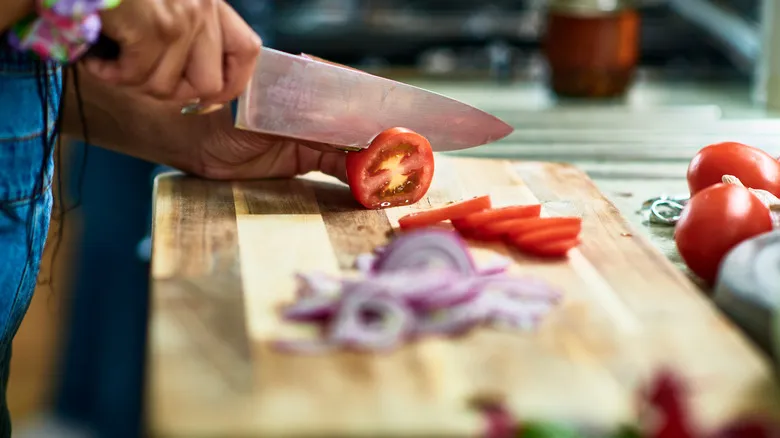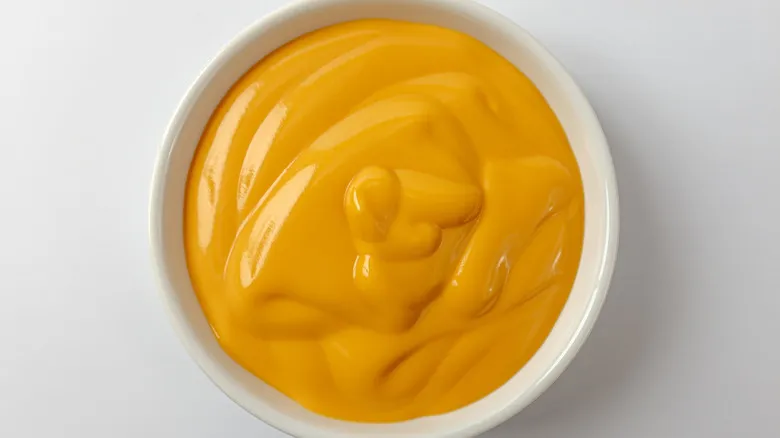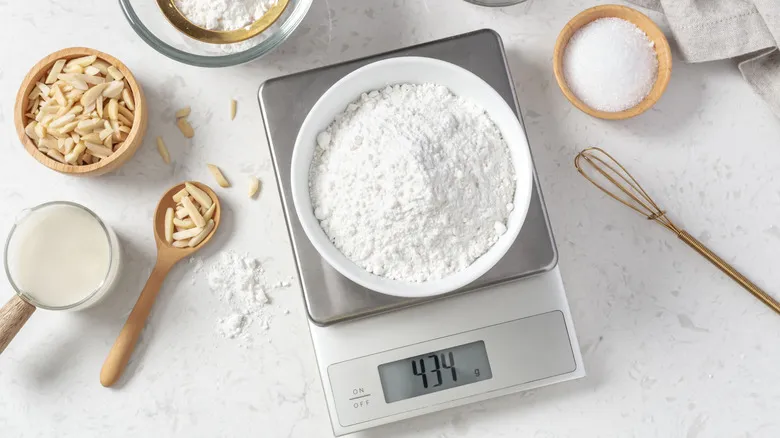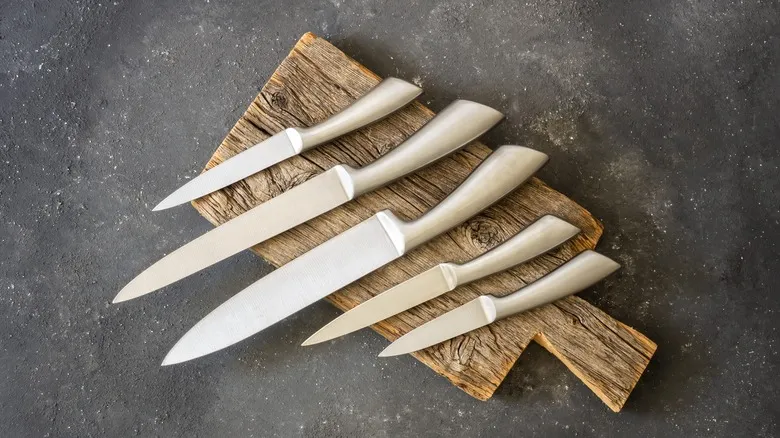Why is it important to have sharp knives?

Having sharp knives is essential for effective cooking. Firstly, using a dull knife poses a safety risk in the kitchen. Sharp knives enable smooth and precise cuts, giving you better control and requiring less force. When you have to exert significant pressure to achieve a cut, there's a greater chance the knife may slip from your hand. Secondly, sharp knives streamline meal preparation, allowing you to work at a steady pace without needing to repeat actions or find alternative ways to slice ingredients. They also facilitate more accurate cuts, which is particularly important for recipes that demand uniform shapes and sizes. Additionally, a dull knife can negatively impact the flavor of your ingredients. For example, using a dull knife for salad preparation can lead to a mushy texture due to uneven cuts.
To maintain your kitchen knives in excellent condition, consider several chef-recommended practices, such as washing and drying them after use and reserving them solely for food preparation. There isn't a specific frequency for sharpening knives; instead, sharpen them whenever you notice they are losing their edge. So, if you find yourself struggling to cut through ingredients during your next cooking session, it might be time to give your knives some much-needed care.
Recommended

The Secret To Great Vegan Cheese Sauce Is Actually In Your Blender

How To Cut Pineapple, 3 Easy Ways

Almost 350,000 Greater Goods Kitchen Scales Have Been Recalled Over Safety Concerns

Break Out Your Air Fryer For Toasty Coconut
Next up

